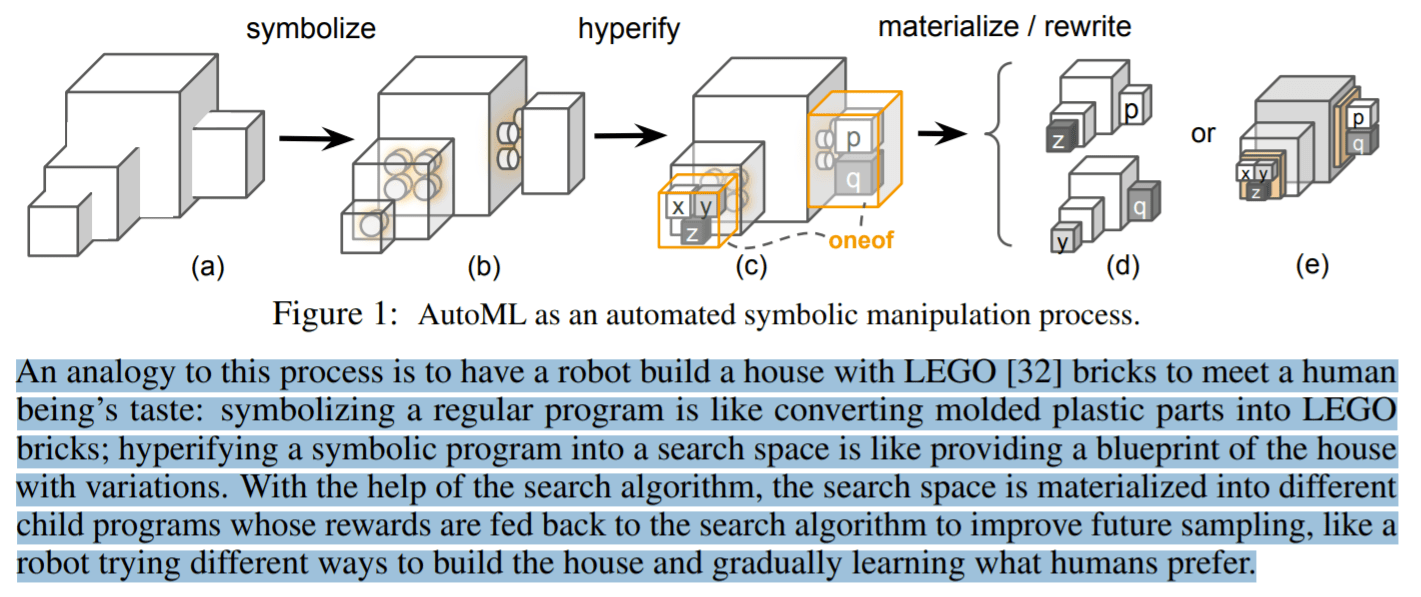- U.S.A. : 1 (470) 655-6318
- Brasil : (+55) 11-97506-0418
- Artificial Intelligence
- Oct 16
The Amazing Ways Duolingo Is Using Artificial Intelligence To Deliver Free Language Learning

Original article available here.
The Amazing Ways Duolingo Is Using Artificial Intelligence To Deliver Free Language Learning
It’s a challenge to learn a new language, especially once we’re past 18 years old. But Duolingo, self-proclaimed as “the world’s best way to learn a language” and seconded by reviewers at the Wall Street Journal and the New York Times, is set to change that with an assist from artificial intelligence (AI). Duolingo launched in 2011, and through a powerful mix of personalized learning, immediate feedback and gamification/rewards, it has become one of the most downloaded educational apps today. Let’s take a look at how artificial intelligence helps the company deliver personalized language lessons to its 300 million users.
Duolingo on a Mission to Offer Free Language Education
Founded in Pittsburgh by Carnegie Mellon University computer scientist Luis von Ahn, who is renowned for creating CAPTCHA, Duolingo’s mission is to “make education free and accessible to everyone in the world.” Today the company’s more than 300 million users receive personalized training on more than 30 distinct languages ranging from Spanish to Navajo to Klingon through its cross-platform app. Learning a language is time-intensive—the U.S. State Department estimates it can take 600 to more than 1,100 class hours to learn a language. Duolingo breaks this effort down into manageable chunks that can be done anywhere at any time individualized for each user and infused with fun and a points-based reward system. Users can access the app for free, but those who don’t want ads can sign up for premium service through a monthly subscription.
AI Powers Duolingo’s Mission
Artificial intelligence is behind Duolingo’s mission to make language education accessible and free to everyone. It starts with an AI-driven placement test to determine the starting knowledge of each user for the language they want to study. For example, if someone signed up to learn French and they have four years of instruction in high school, they will likely be able to start Duolingo’s lessons further along than a user who had never been exposed to French before. To determine exactly where each user’s understanding of the language begins, the placement test adapts as it continues based on if the user answered the previous question correctly or not. In a mere five minutes, this test gives the app a good sense of where each user should start the course. This ability contributes to a positive user experience and reduces the number of those with some knowledge bowing out due to boredom at the beginning.
Another core feature of the Duolingo app that uses artificial intelligence is known as spaced repetition. This concept delivers personalized language lessons over longer intervals for optimal learning rather than cramming lessons into a short period of time. Additionally, the “lag effect” is also important to Duolingo’s learning techniques. If the gap between practice sessions is lengthened, users improve more. All of this content delivery is controlled on the backend by artificial intelligence.
As learning expands and language proficiency is gained, the user interacts with the content in different ways. AI algorithms using deep learning predict at any given moment the probability of a user being able to recall a word in a given context and then can figure out what that user needs to keep practicing. The algorithms analyze user data to then personalize the learning experience.
In fact, Duolingo generates a wealth of data that is critical when creating predictive models. The amount, type, and uniqueness of the data was one of the reasons the company’s AI and research lead Burr Settles decided to join the company in 2013 over bigger, more established companies. Duolingo’s half-life regression statistical model operates based on analyzing error patterns of millions of language learners to inform content delivery that’s relevant for each user and their learning needs.
In an effort to ensure an engaging experience, Duolingo has AI-powered chatbots that help teach language through automated text-based conversations with users who are in the app. Not only do the bots help users improve their language skills by helping them practice conversing in a language, but they get smarter the more they are used. The company has also considered the possibility of expanding into virtual reality technologies to deliver a more immersive experience.
As with any artificial intelligence, the more users engage with the AI, the better it gets. And the better the AI gets, the closer it is to mimicking human language instructors. As the artificial intelligence of Duolingo gains expertise, it’s helping millions of people worldwide acquire new language skills.
Related Posts

How AI Can Transform Contact Centers’ Unstructured Content
Original article available here. How AI Can Transform Contact Centers’ Unstructured Content If your organization is drowning in unstructured content, it’s not alone. IDC predicts 80% or more of global content and data will be unstructured by…
- Mar 18

Google Brain Introduces Symbolic Programming + PyGlove Library to Reformulate AutoML
A recent study by the Google Brain Team proposes a new way of programming automated machine learning (AutoML) based on symbolic programming. Original article available here. A recent study by the Google Brain Team proposes a…
- Feb 05
Search
Recent Posts
- How AI Can Transform Contact Centers’ Unstructured Content
- Google Brain Introduces Symbolic Programming + PyGlove Library to Reformulate AutoML
- How Call Centers Can Thrive by Successfully Managing the Unexpected with AI
- 10 Unique Use Cases for Speech Analytics
- How AWS is staking its claim on tomorrow’s contact centers
Recent Comments
Archives
Categories
Subscribe to Our Blog
I want the latest update in...
Latest Post
How AI Can Transform Contact Centers’ Unstructured Content
- March 18, 2021
- [rt_reading_time postfix="mins read" postfix_singular="min read"]
Google Brain Introduces Symbolic Programming + PyGlove Library to Reformulate AutoML
- February 5, 2021
- [rt_reading_time postfix="mins read" postfix_singular="min read"]
How Call Centers Can Thrive by Successfully Managing the Unexpected with AI
- January 8, 2021
- [rt_reading_time postfix="mins read" postfix_singular="min read"]
10 Unique Use Cases for Speech Analytics
- December 14, 2020
- [rt_reading_time postfix="mins read" postfix_singular="min read"]





Comment (1)
Roy
Oct 16, 2020I have used DuoLingo in the past and found it to be a very useful and intuitive app.
Comments are closed.